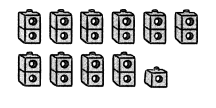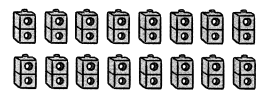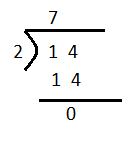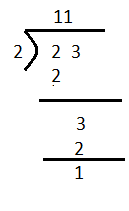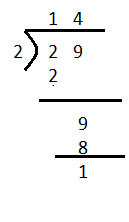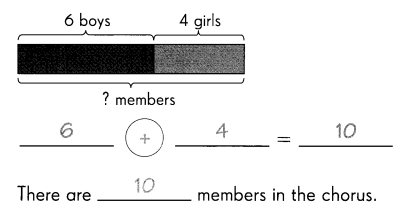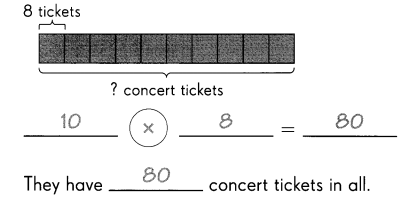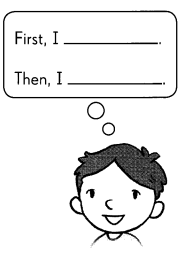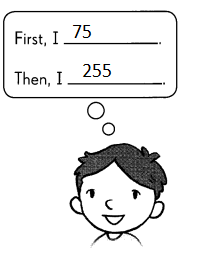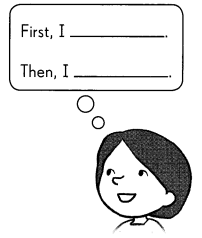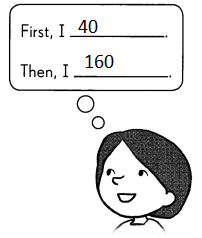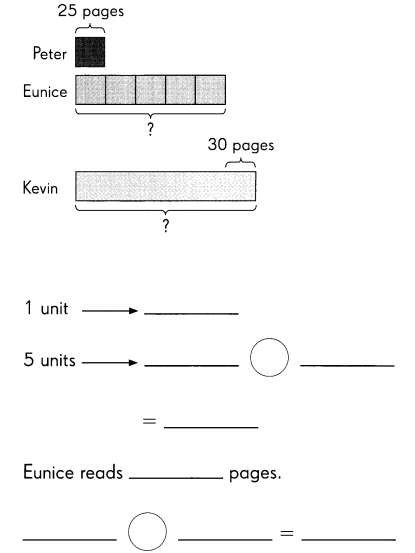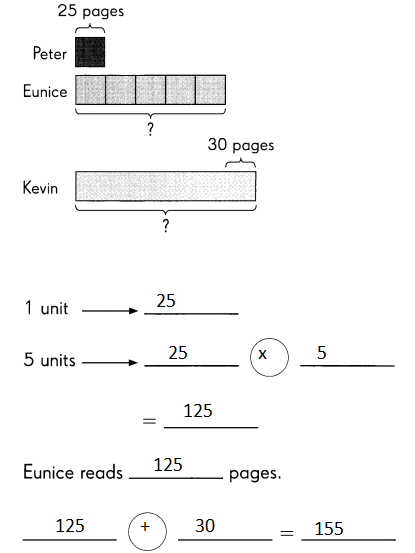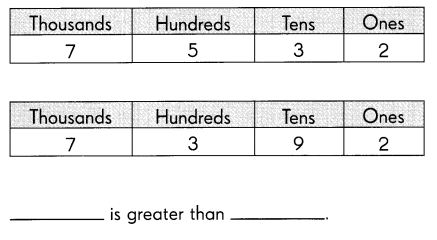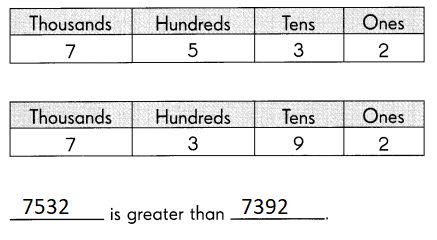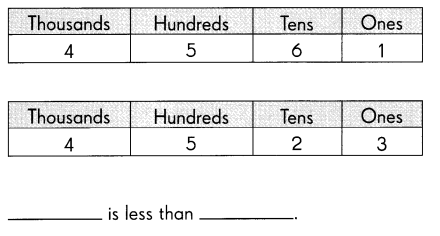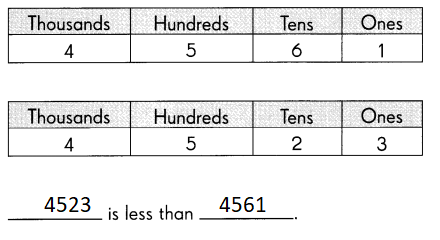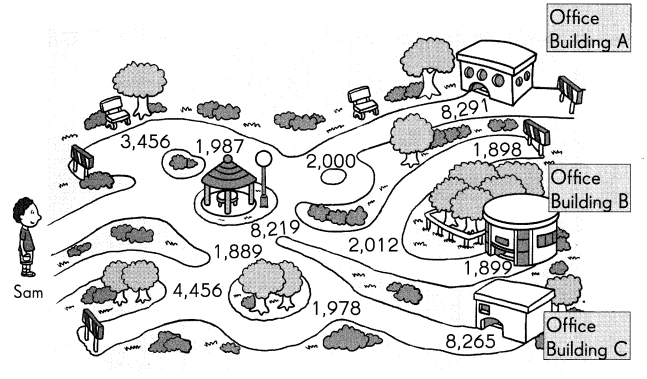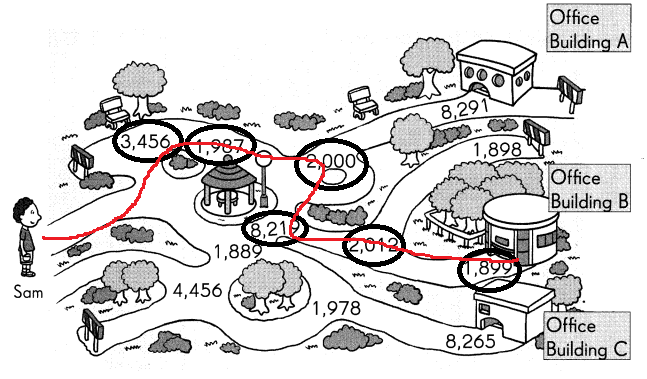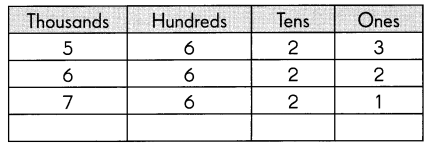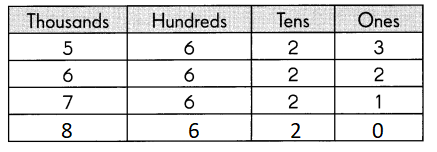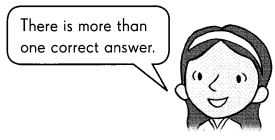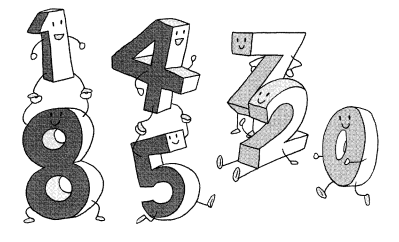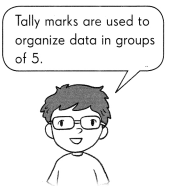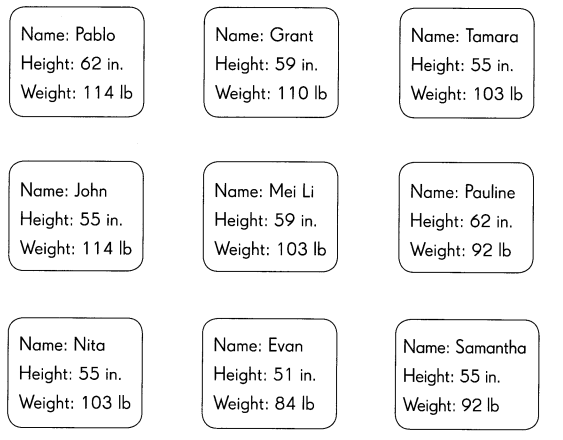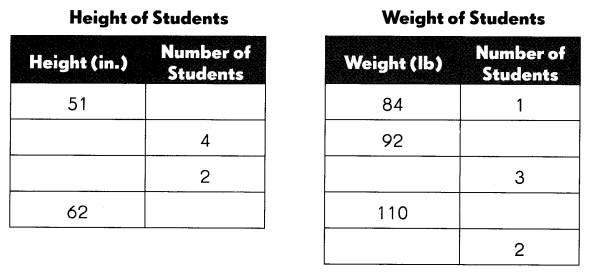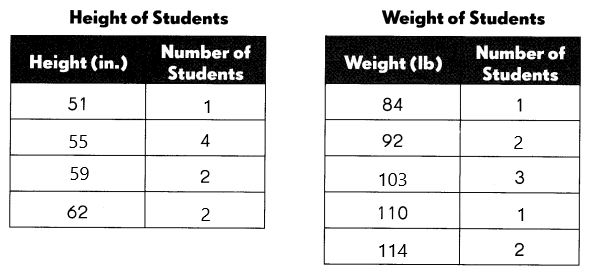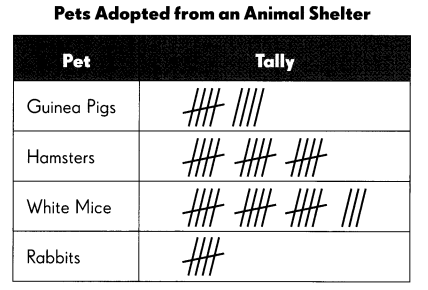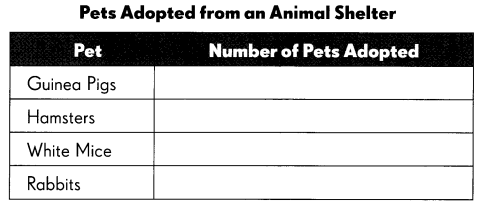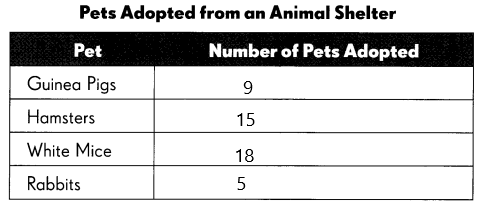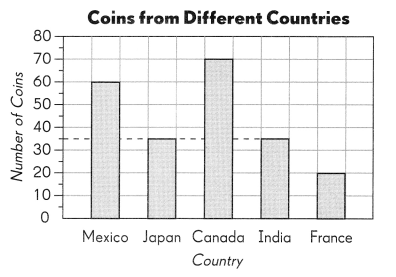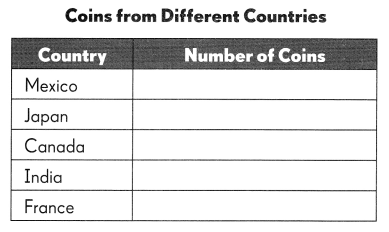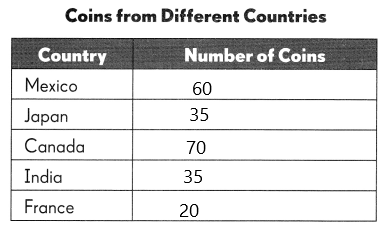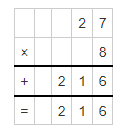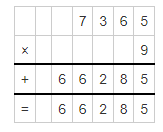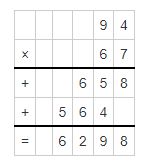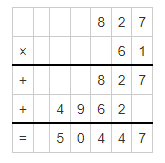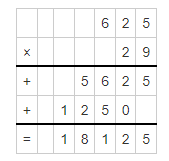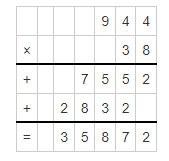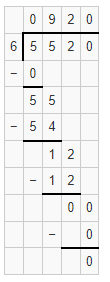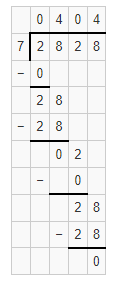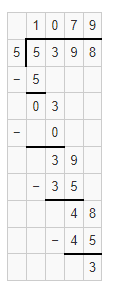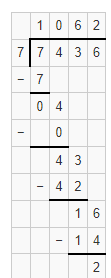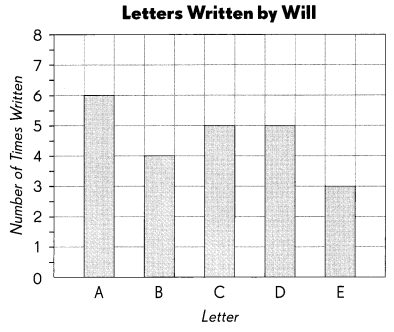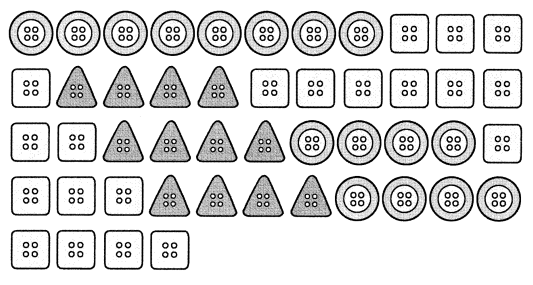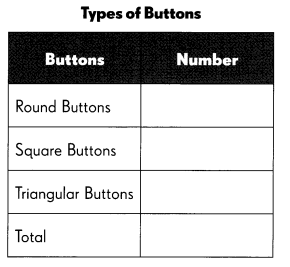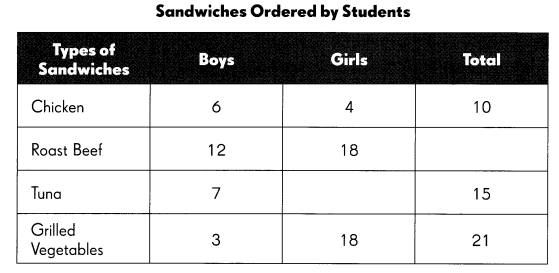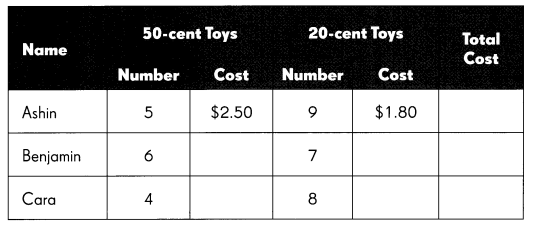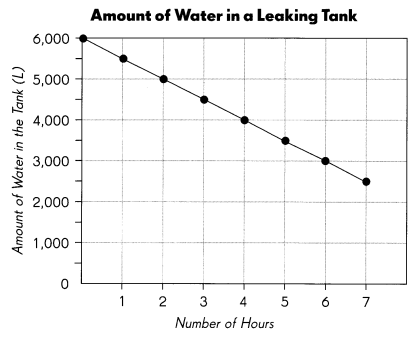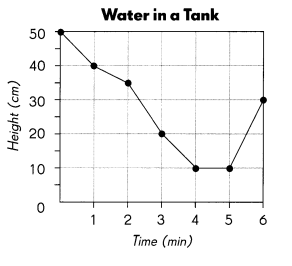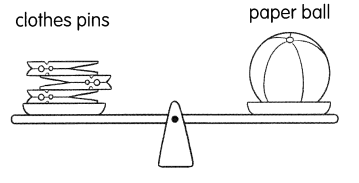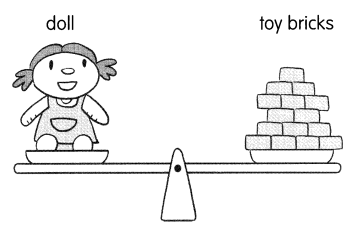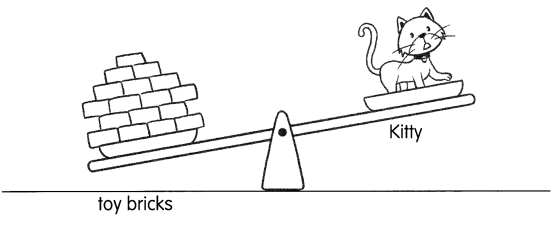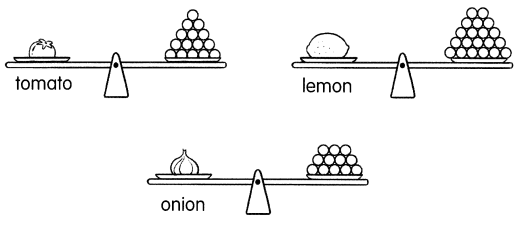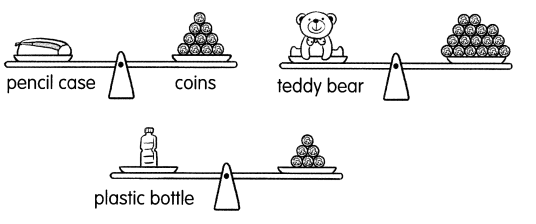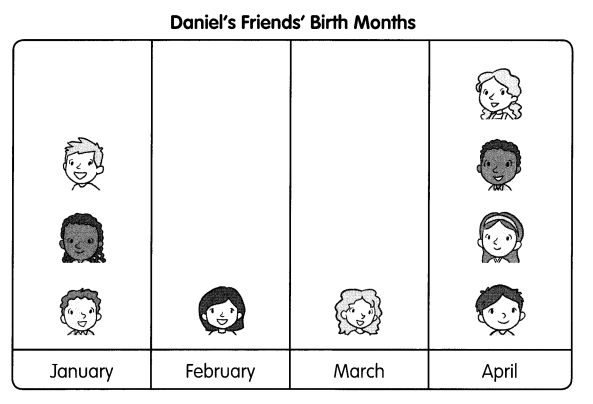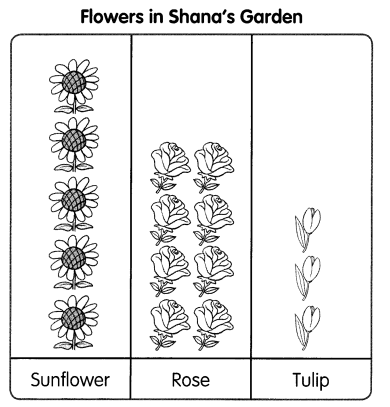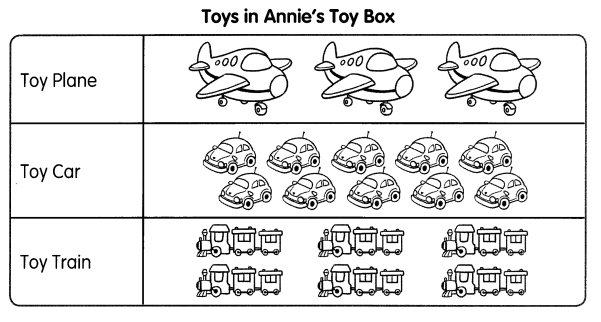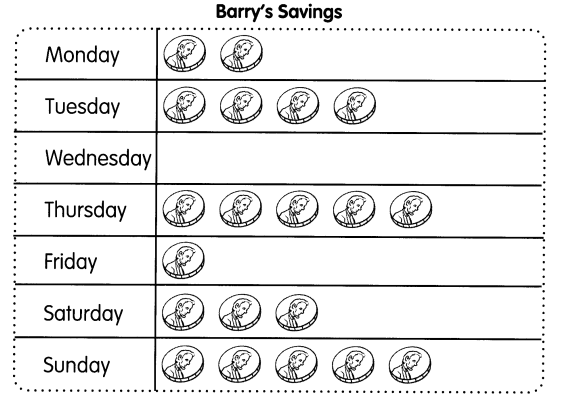Go through the Math in Focus Grade 3 Workbook Answer Key Cumulative Review Chapters 6 and 7 to finish your assignments.
Math in Focus Grade 3 Cumulative Review Chapters 6 and 7 Answer Key
Concepts and Skills
Fill in the blanks. (Lessons 6.1 to 6.5)
Question 1.
___ × 8 = 0
Answer:
0× 8 = 0.
Explanation:
Here, if we multiply 0 with 8 then we will get the result as 0.
Question 2.
___ × 1 = 7
Answer:
7 × 1 = 7.
Explanation:
Here, if we multiply 7 with 1 then we will get the result as 7.
Question 3.
9 sixes = 9 × ___
Answer:
9 × 6 = 56.
Explanation:
Here 9 sixes are 9 × 6 which is 54.
Question 4.
4 × 7 = ___ sevens
Answer:
4 × 7 =4 sevens.
Explanation:
The multiplication of 4 and 7 is 28 which is 4 sevens.
Question 5.
3 × 6 = 6 + 6 + ___
Answer:
3 × 6 = 6 + 6 + 6.
Explanation:
Here, 3 × 6 is 18 and the addition will be 6+6+6 which is 18.
Question 6.
7 × 6 = 6 × ___
Answer:
7 × 6 = 6 × 7.
Explanation:
Here, by using commutative property we can write 7 × 6 as 6 × 7. As commutative property allows two or more factors to be multiplied in any order without changing the product. So 7 × 6 = 6 × 7.
Question 7.
9 × ___ = 0
Answer:
9 × 0 = 0.
Explanation:
Anything if we multiply with 0 we will get the result as 0. So 9 × 0 is 0.
Question 8.
8 + 8 + 8 + 8 + 8 = 5 × ___
Answer:
8 + 8 + 8 + 8 + 8 = 5 × 8.
Explanation:
Here, the addition of 8 + 8 + 8 + 8 + 8 which is 40, so 5 × 8 is 40.
Question 9.
5 nines + 3 nines = __ × 9
Answer:
5 nines + 3 nines = 8 × 9.
Explanation:
Here, 5 nines + 3 nines are (5×9) + (3×9) which is 8×9.
Question 10.
9 + 9 + 9 + 9 = ___ nines
Answer:
9 + 9 + 9 + 9 = 4 nines.
Explanation:
Here, the addition of 9 + 9 + 9 + 9 is 36 which is 4 nines.
Complete each multiplication fact.
Then show on the number line. (Lessons 6.1 and 6.4)
Question 11.
2 × 4 × 3 = ?
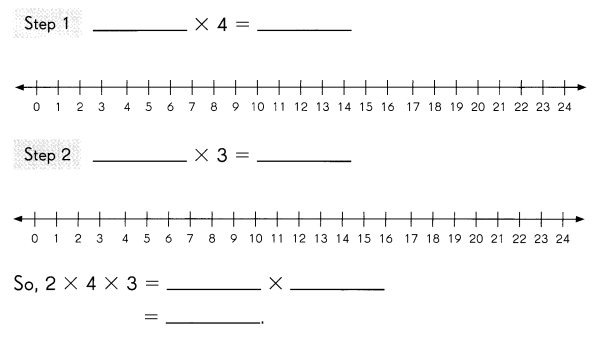
Answer:
2×4×3 = 24.
Explanation:
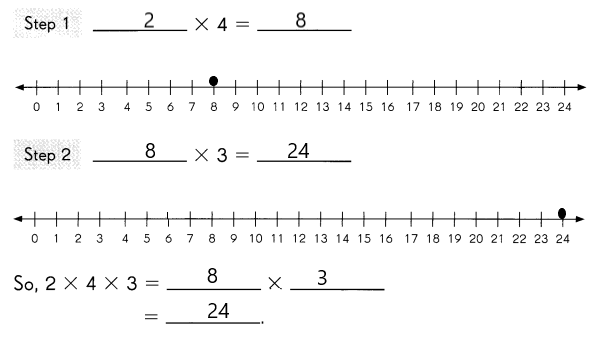
Here, in the first step, we have performed multiplication for 2×4 which is 8, and in the second step, we have performed multiplication for 8×3 which is 24. So 2×4×3 is 24.
Question 12.
2 × 4 × 3 = ?
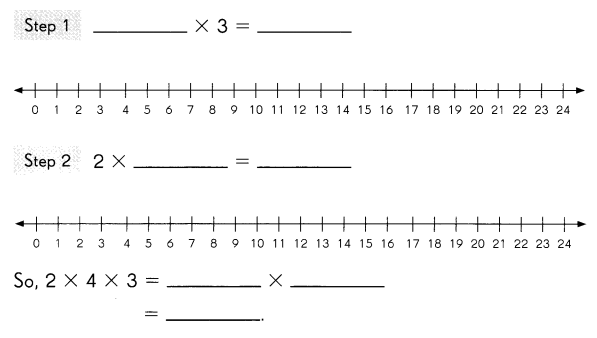
Answer:
2×4×3 = 24.
Explanation:
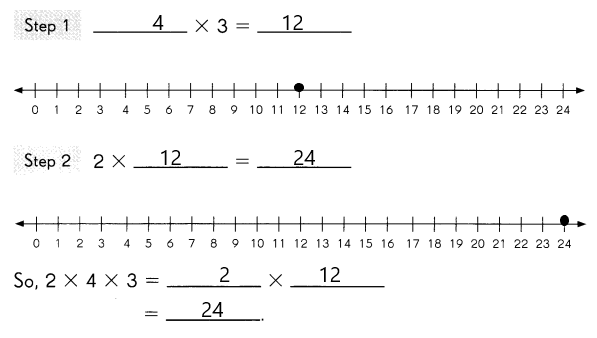
Here, in the first step, we have performed multiplication for 4×3 which is 12, and in the second step, we have performed multiplication for 2×12 which is 24. So 2×4×3 is 24.
Multiply. Use multiplication facts you know to find other multiplication facts. (Lessons 6.3 and 6.5)
Question 13.
5 × 7 = ___
So, 6 × 7 = ___ groups of 7 + ___ group of 7
= ___ + ____
= _____
Answer:
5 × 7 = 35
So, 6 × 7 = 5 groups of 7 + 1 group of 7
= 35 + 7
= 42.
Explanation:
Here, 5 × 7 is 35, and 6 × 7 is 42 which is
5 groups of 7 + 1 group of 7
= 35+7
= 42.
Question 14.
10 × 9 = ___
So, 8 × 9 = ___ groups of 9 – ___ groups of 9
= ____ – ____
= _____
Answer:
10 × 9 = 90.
So, 8 × 9 = 10 groups of 9 – 2 groups of 9
= 90-18
= 72.
Explanation:
Here, 10 × 9 is 90, and 8 × 9 is 72 which is
10 groups of 9 – 2 groups of 9
= 90-18
= 72.
Write two related division sentences. (Lessons 6.3, 6.4, 6.5 and 6.6)
Question 15.
8 × 4 = ____
____ ÷ ___ = ____
____ ÷ ___ = ____
Answer:
8 × 4 = 32,
32 ÷ 4 = 8,
32 ÷ 8 = 4.
Explanation:
Given that 8 × 4 which is 32.
Here, 32 ÷ 4 is 8 and
32 ÷ 8 is 4.
Question 16.
_____ × ___ = ____
54 ÷ ___ = 9
____ ÷ ___ = ____
Answer:
6×9 = 54,
54 ÷ 6 = 9,
54 ÷ 9 = 6.
Explanation:
Let the blank space be X, so 54 ÷ X = 9
and X will be 54 ÷ 9 = 6. So the X is 6,
54 ÷ 6 = 9 and
54 ÷ 9 = 6.
So the multiplication will be 6×9 = 54.
Multiply. Fill in the missing numbers. (Lesson 7.1)
Question 17.
4 × 9 = ___
4 × 90 = 4 × ___ tens
= ____ tens
= ____
Answer:
360.
Explanation:
As 4 × 9 is 36,
4 × 90 = 4 × 9 tens,
= 36 tens,
= 360.
Question 18.
10 × 7 = ___
10 × 700 = 10 × ___ hundreds
= ___ hundreds
= ____
Answer:
700.
Explanation:
10 × 7 = 70
10 × 700 = 10 × 7 hundreds
= 7 hundreds
= 700.
Multiply. Use mental math. (Lesson 7. 7)
Question 19.
10 × 3 = ____
Answer:
10 × 3 = 30.
Explanation:
As 1 × 3 is 3 and the mental math of 10 × 3 is 30.
Question 20.
5 × 10 = ____
Answer:
5 × 10 = 50.
Explanation:
As 5 × 1 is 5 and the mental math of 5 × 10 is 50.
Question 21.
20 × 4 = ___
Answer:
20 × 4 = 80.
Explanation:
As 2 × 4 is 8 and the mental math of 20 × 4 is 80.
Question 22.
3 × 40 = ___
Answer:
3 × 40 = 120.
Explanation:
As 3 × 4 is 12 and the mental math of 3 × 40 is 120.
Question 23.
500 × 2 = ____
Answer:
500 × 2 = 1,000.
Explanation:
As 5 × 2 is 10 and the mental math of 500 × 2 is 1,000.
Question 24.
4 × 200 = __
Answer:
4 × 200 = 800.
Explanation:
As 4 × 2 is 8 and the mental math of 4 × 200 is 800.
Multiply. Show your work. (Lessons 7.2 and 7.3)
Question 25.
212 × 4 = ___
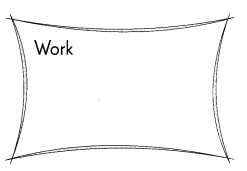
Answer:
212 × 4 = 848.
Explanation:
The multiplication of 212 × 4 is 848.
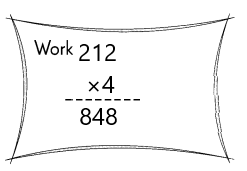
Question 26.
148 × 5 = ___
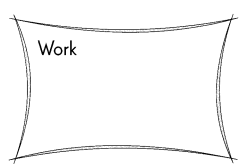
Answer:
148 × 5 = 740.
Explanation:
The multiplication of 148 × 5 is 740.
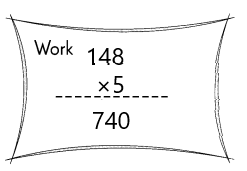
Question 27.
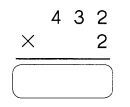
Answer:
432 × 2 = 864.
Explanation:
The multiplication of 432 × 2 is 864.
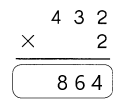
Question 28.
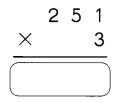
Answer:
251 × 3 = 753.
Explanation:
The multiplication of 251 × 3 is 753.
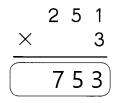
Problem Solving
Solve. Show your work.
Question 29.
Cheryl completes 42 pages of math exercises. There are 4 exercises on each page. How many exercises does she complete?
Answer:
The number of exercises does she completes is 168 exercises.
Explanation:
Given that Cheryl completes 42 pages of math exercises and there are 4 exercises on each page. So the number of exercises does she completes is 42×4 which is 168 execises.
Question 30.
Damien has 48 marbles. He packs all the marbles equally into 8 bags. How many marbles are there in each bag?
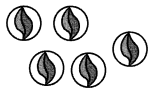
Answer:
The number of marbles is there in each bag is 384 marbles.
Explanation:
Given that Damien has 48 marbles and he packs all the marbles equally into 8 bags. So the number of marbles are there in each bag is 48 × 8 which is 384 marbles.
Question 31.
Mr. Roberts has 63 daisies and some pots. He plants 9 daisies in each pot. How many pots does he use?
Answer:
The number of pots does he uses is 7 pots.
Explanation:
Given that Mr. Roberts has 63 daisies and some pots and he plants 9 daisies in each pot. So the number of pots does he uses is 63 ÷ 9 which is 7 pots.
Question 32.
A farmer packs 49 pounds of grain into 7-pound bags. How many bags does the farmer need?
Answer:
The number of bags does the farmer need is 7 bags.
Explanation:
Given that a farmer packs 49 pounds of grain into 7-pound bags. So the number of bags does the farmer need is 49 ÷ 7 which is 7 bags.
Question 33.
A grocer sells 153 bags of carrots. Each bag has 5 carrots. How many carrots does the grocer sell?
Answer:
The number of carrots does the grocer sell is 765 carrots.
Explanation:
Given that a grocer sells 153 bags of carrots and each bag has 5 carrots. So the number of carrots does the grocer sell is 153 × 5 which is 765 carrots.
Question 34.
Jessie buys 4 cartons of markers. Each carton contains 125 markers. How many markers does she buy?
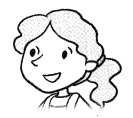
Answer:
The number of markers does she bought is 500 markers.
Explanation:
Given that Jessie bought 4 cartons of markers and each carton contains 125 markers. So the number of markers does she bought is 125 × 4 which is 500 markers.
